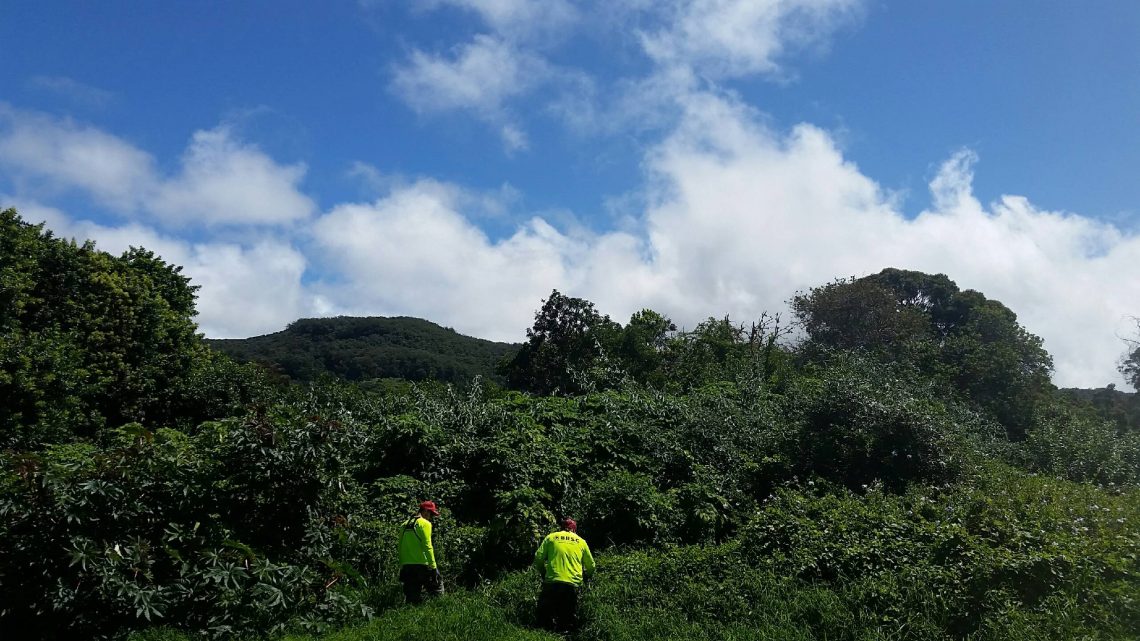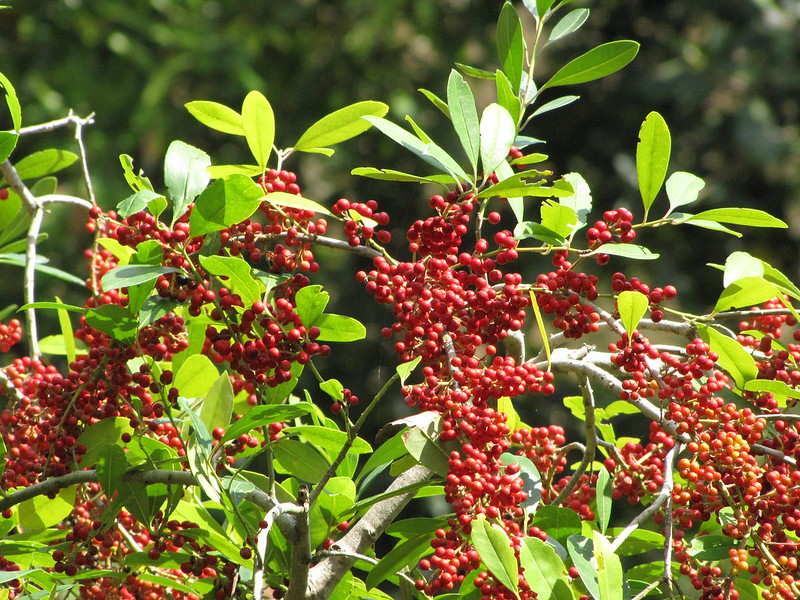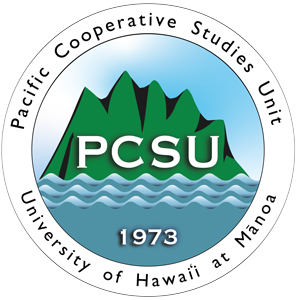
Target Plants for Eradication
Hundreds of potentially invasive species are brought into Hawai‛i, both accidentally and intentionally. Our goal at BIISC is to eradicate these new invaders before they have a chance to become established. Here are lists of species that our teams are currently working on. If you see any of these species please contact us!
Hawai‛i’s Invasive Plant Problem
Humans have been introducing new plants to Hawai‛i since the very first discoverers set foot in the islands, bringing things like banana, kalo, and sugarcane (known collectively as “canoe plants”). Over the centuries since hundreds more plants have arrived in Hawaii, some accidentally, but most brought intentionally as food, medicine, or simply for their beauty. While the majority are benign in the environment and even beneficial to us as humans, some species grew out of control, spreading into areas where they were unwanted: displacing native forest, damaging our watersheds, impacting agricultural efforts, creating habitat for invasive animals. Despite their beauty or usefulness, they cause harm, making them invasive species.
What can we do?
Prevention is the first, best, and cheapest step to fighting invasive species. We encourage those who grow and import plants to use the PlantPono.org tool to ensure they won’t bring in a pest. Once a harmful species does arrive and establish, there is a window of opportunity when it can be eradicated, or completely removed, from the island. If that window passes, the species becomes too entrenched and widespread for complete removal to be possible. Work may continue to contain the species and try to keep it only in one location. For very well-established invasive plants that are spread over wide areas, like strawberry guava or christmasberry, landowners and conservation groups focus on controlling them where necessary and hope for biological control tools that can slow the species down.
Window of Opportunity: Early Detection and Rapid Response
BIISC responds to invasive plants that are in the early stages of naturalization and spread. Our botanists search the island looking at roads, trails, backyards, and nurseries, and responding to reports from concerned residents about suspicious species. When a new plant not previously known to be on the Big Island shows up, we determine invasiveness using the Hawaii-Pacific Weed Risk Assessment. Those that score as likely to be invasive, or that are observed displaying invasive behavior, are targeted for eradication.

The challenges of eradicating target plants
Eradication is not an easy process. Plants can spread slowly, going almost unnoticed for years or decades. Before BIISC’s early detection program began in the 2000’s, there was very little work done on the Big Island to identify early invaders, while most conservation efforts were focused on controlling high-profile, widespread species. Some of our targets were brought in decades ago and now are spread across many acres, or are in dozens of sites across the island where the first generation was planted intentionally for landscaping. Control efforts can require BIISC crews to walk exhausting miles through dense forests, over lava rock, or in overgrown pastures to reach every plant. Sometimes, the plants are in private backyards and spreading into neighboring abandoned lots, and the bulk of the work is trying to track down absentee owners for entry permission!
Technology has helped streamline the process and make our crews more efficient. The ease of camera phones allows us to receive and respond to community reports quickly, prioritizing site visits for those that are likely to be targets. We use drone surveys to help locate adult plants, and GPS coordinates to map locations for removal and future monitoring. Once all the adult plants are removed from an area, crews maintain records of the locations and return for years, based on length of seed viability, to ensure that no new keiki plants are popping up.
The goal
Our target species are those plants that have been identified in the last two decades as having the potential to cause great harm to the Big Island, but are assessed to still be within the “window of opportunity.” Our goal is to remove these plants and shorten the list of harmful species that the residents, farmers, and landowners of the Big Island will have to tangle with now and in future generations.











